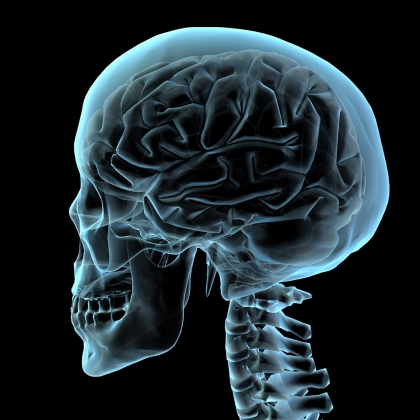
A broken jaw, also called a mandibular fracture, is a common facial injury. It usually occurs because of a traumatic blow to the head, and is often associated with other facial trauma, like a broken nose (the only facial injury to occur more frequently than a broken jaw). About 40% of patients who suffer a broken jaw also have injuries to the neck, head, nose, and eyes. Over half of jawbone fractures occur on only one side of the jaw.
Symptoms
Symptoms will start to develop directly following some kind of trauma to the jaw. Obviously your jaw will be in severe pain. You may feel malocclusion, which is when your teeth do not fit together properly. You may have problems chewing food or speaking, and may be unable to open your jaw fully. You may also see swelling. Sometimes a broken jaw can cause nerve damage, which causes the lower lip or chin to be numb. This can lead to drooling and the inability to control the mouth and jaw. Inside the mouth there may be bleeding or bruising under the tongue. If the jawbone moves backward, there may even be a cut in the ear canal. A broken jaw also makes it very difficult to eat. Thus, you may lose weight, experience fatigue, and have a general feeling of weakness.
Causes
The common cause of a broken jaw is an injury to the face. This may happen from an assault or fight (getting punched in the jaw), from a motor vehicle accident, an industrial accident, or a sports injury. The majority of broken jaws occur in young adult males between the ages of 20 and 30. They can also be caused by an accidental fall, especially in adults who faint or in young children.
Prevention
The best way to prevent a broken jaw is to protect your face from injury. This requires wearing proper equipment when playing sports, such as a helmet when playing hockey or football and a face shield when playing basketball. This includes wearing a mouth guard during contact sports. They not only protect your teeth but also help protect against jaw fractures. It is also important to respect your opponents. Try to avoid hitting people in the face with your arm or shoulder, especially when playing hockey or football. Wearing the proper equipment and protecting yourself and others is the best way to prevent facial injuries such as a broken jaw. It is also important to wear seat belts and shoulder harnesses when driving. Buckling up correctly can help prevent facial injuries caused by dashboard impacts and other debris during car accidents. You also want to try and avoid fighting or physical conflicts, as a punch to your jaw could break it.
Treatment

If you think you may have broken your jaw, it is important to apply ice immediately. This will help control the swelling and numb the area, hopefully reducing the pain.
You may also need a paper cup to spit blood into or catch drool. You will need to go to the ER to get immediate attention. The doctor will treat your broken jaw by repairing the break with fine screws and metal plates, or by realigning the fractured pieces of bone with wires. If any teeth were loosened or lost, or if fragments of bone have cut the skin, the doctor will most likely give you a prescription for an antibiotic to reduce pain and the risk of infection. The doctor will also give you a dietary plan to follow for a few weeks before your jaw heals enough to the point that you can eat solid foods again. In some instances, you may need surgery. MedlinePlus, which is a service of the U.S. National Library of Medicine, has more information about treatment options.






